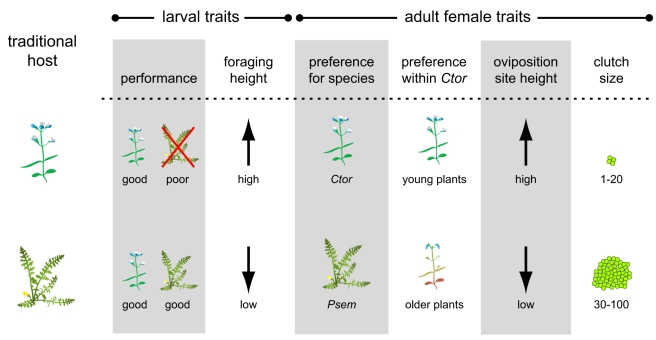Figure 2. Summary of traits addressed in this study.
E. editha populations adapted to Collinsia torreyi (top row) and Pedicularis semibarbata (bottom row) have diverged in the six traits illustrated—two expressed in larvae and four expressed in adult females [40]. Larval performance: Both types of larvae grow and survive well on Ctor, but only Psem-adapted larvae are able to survive on Psem. Larval foraging height: Ctor- and Psem-adapted larvae tend to feed at the top and base of their hosts, respectively. Female oviposition preference: Adult females prefer to lay eggs on the host to which they are adapted. Moreover, when forced to lay on Ctor, Ctor- and Psem-adapted females prefer individual plants at earlier and later phenological stages, respectively. Oviposition site height: Ctor-adapted females tend to lay their eggs at the top of their host near the point where they first land. Psem-adapted females invariably drop to explore the basal leaves of their host and lay near the ground. Clutch size: Ctor-adapted females lay 1–20 eggs per clutch while Psem-adapted females lay 30–100 eggs per clutch. This does not translate into a difference in either daily or lifetime fecundity since Ctor-adapted females lay more frequently than Psem-adapted females. No major phenotypic differences have been described in pupae or adult males.

